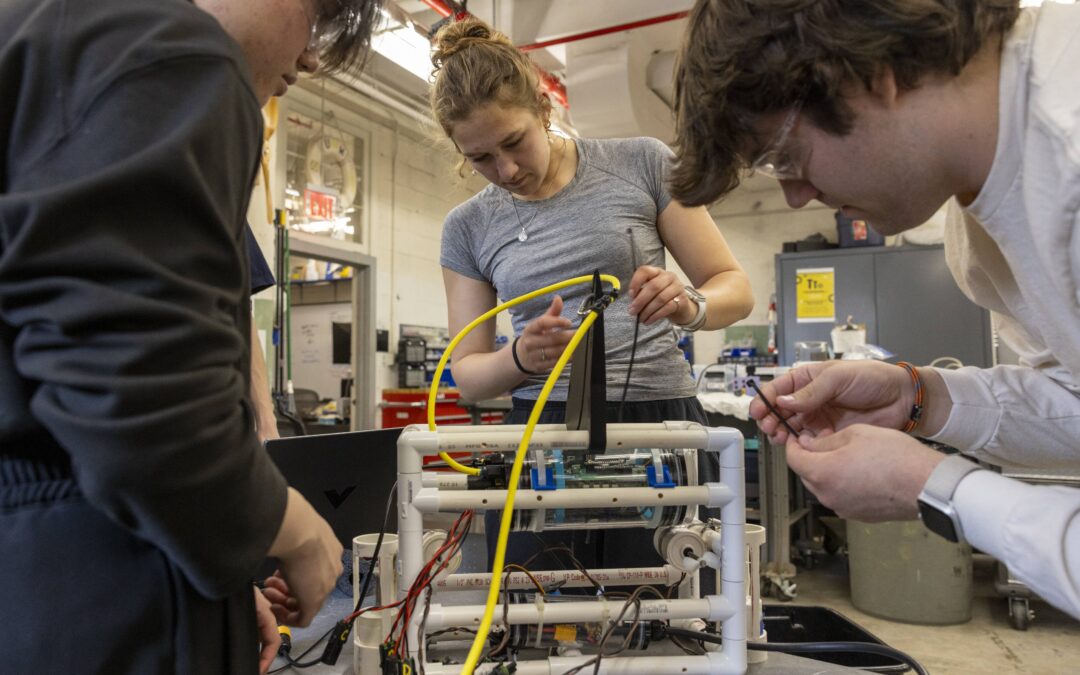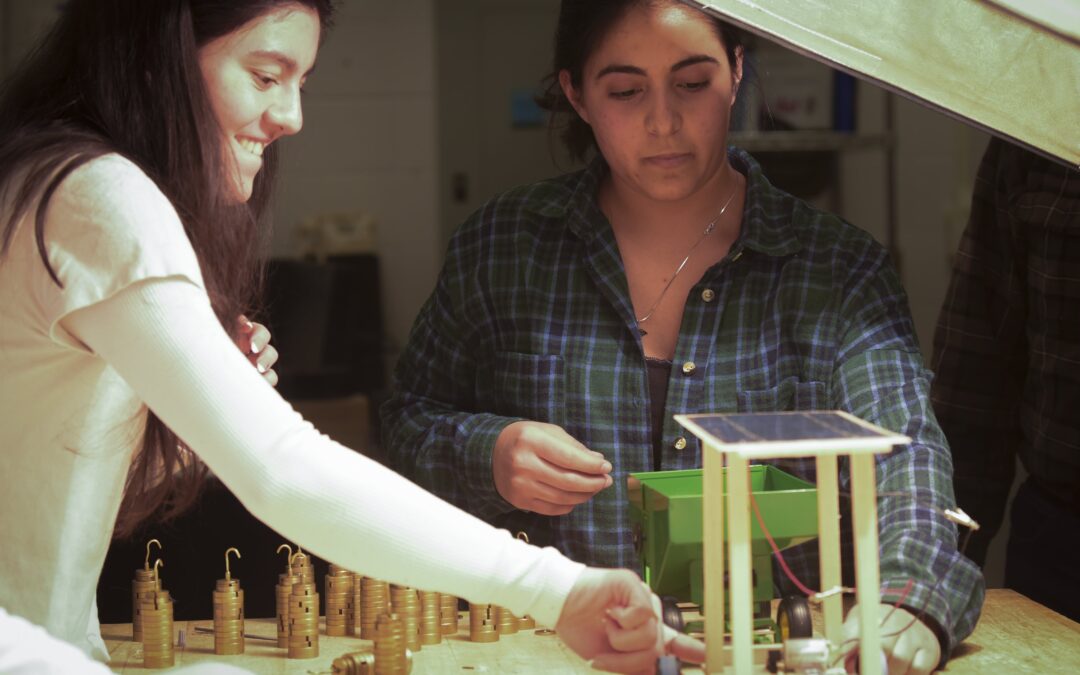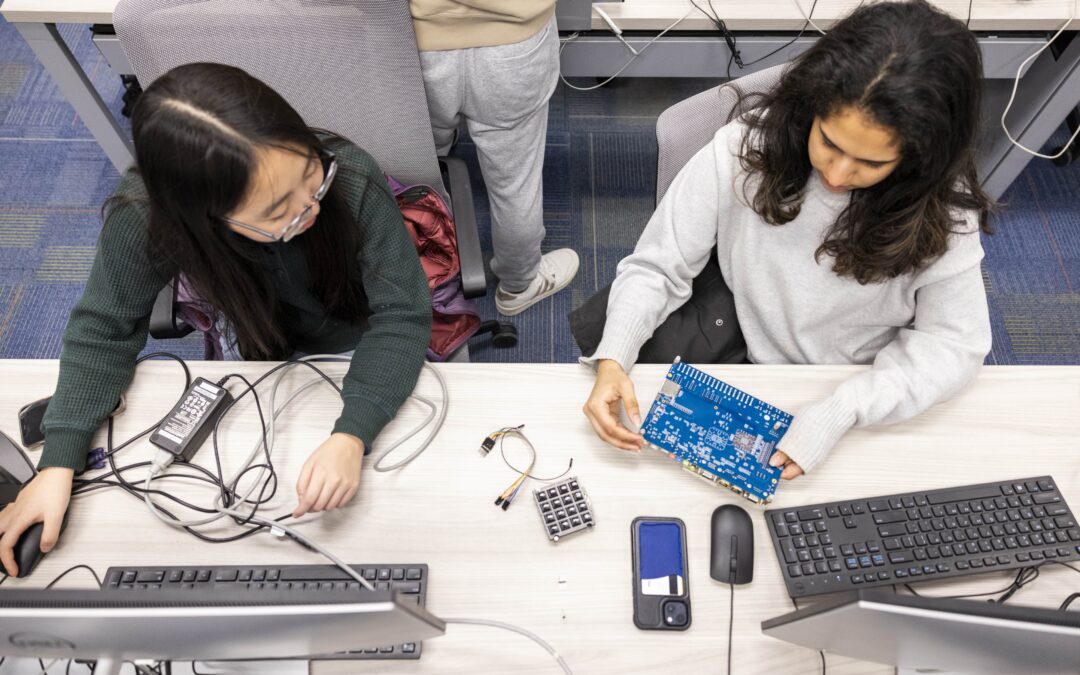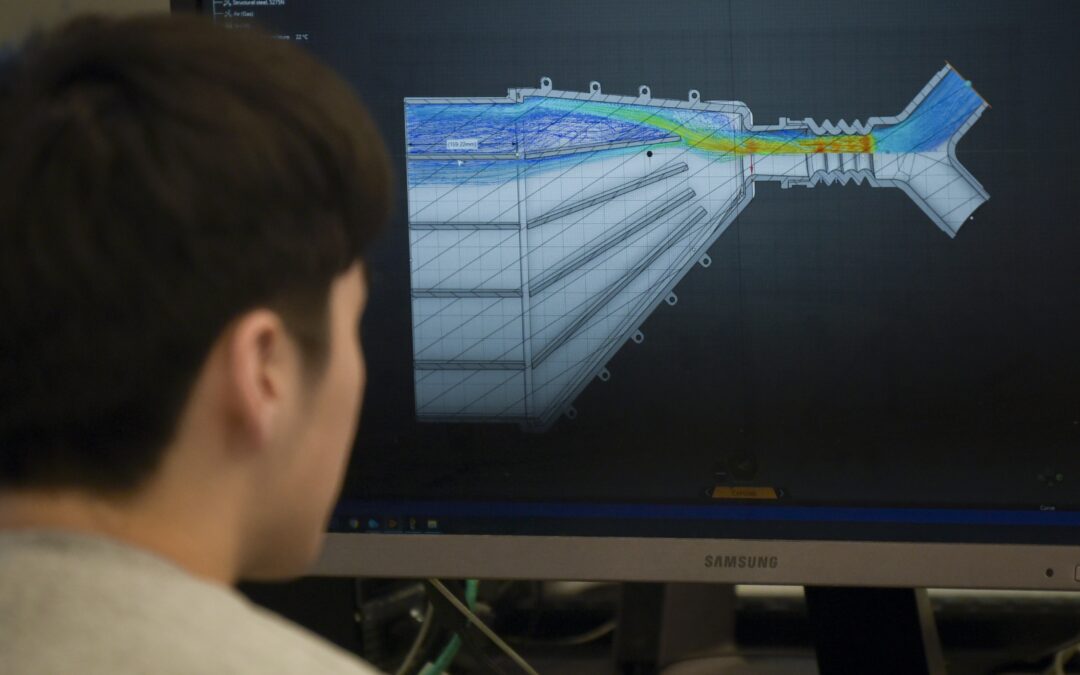
by | May 29, 2023
In our section, you will work in a team of five to design, build, test, and communicate about a remotely operated vehicle (ROV), sometimes called a submersible, for underwater exploration. The ROV has a set of tasks that it will need to do, but otherwise this is a “free design” project with minimal constraints on size, shape, and function.

by | May 29, 2023
This section introduces students to the engineering profession by exploring the engineering challenges to using renewable energy as a “green” alternative to fossil fuels. Students learn concepts of renewable energy, culminating in a team-based term project to produce a device that scavenges wind energy to perform a task.

by | May 29, 2023
In this section of ENGR 100, students will learn about solar energy collection and storage, and more generally, about electrical circuits, micro-controllers, wireless technology, and energy/power. The first half of the class will teach concepts in each of these areas, where electrical systems provide information collection, processing, and networking for all engineering fields.

by | May 29, 2023
Microprocessors and computing systems have become pervasive and have enabled the intelligent functioning of cars, chatbots, computers, phones, watches, websites, and countless other systems. In this course, you will build the hardware and software of a complete computing system, including the microprocessor, operating system-level code, and application program.

by | May 29, 2023
This course provides a detailed overview of the engineering design process – the “heart” of engineering – in a broadly accessible manner that assumes no specialized knowledge and is largely applicable to most engineering disciplines. Students also learn various practical skills commonly employed in the design process such as basic CAD and CAE, TRIZ techniques, patent searching, and project management software.





